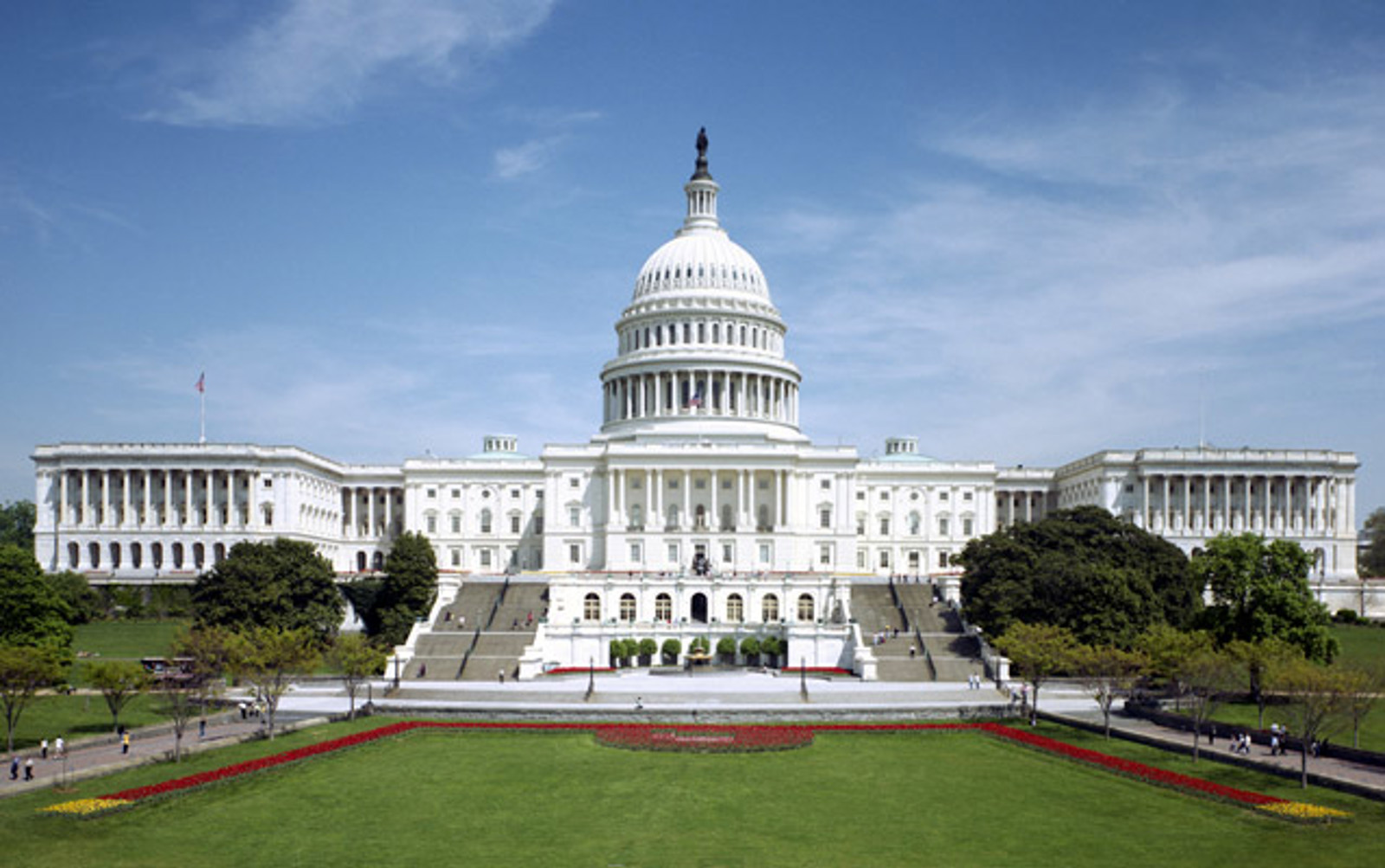Final Teacher Prep Regulations Maintain Flawed Construct
The Department of Education released its long anticipated Teacher Preparation regulations highlighting, among other things, state flexibility. However, four years after the controversial negotiated rulemaking process, and after receiving nearly 5,000 comments on the proposed regulations issued in 2015, the Department’s final regulations retain the flawed construct of creating a federal teacher preparation performance rating system.
The rating system uses criteria defined through federal regulation and enforced by states. The results would then tie teacher preparation program performance ratings to TEACH Grant eligibility.
The regulations will go into effect July 1, 2017, with the first institutional report cards to states due April 30, 2018. The official version of the regulations will appear in the Federal Register in the near future.
The following is an overview of key elements of the final regulations. Additional detail and analysis, which tracks against the comments NAICU submitted to the Department in 2015, can be found here.
VAM not mandated, but still there: The biggest change in the final language is that the Department does not mandate that teacher preparation program performance be based primarily on student achievement on standardized tests. Throughout the regulation, the language “in significant part on student learning outcomes,” has been eliminated in response to the many commenters who opposed this provision, and because the newly enacted Every Student Succeeds Act (ESSA) prohibits the use of student learning outcomes for teacher program performance.
Despite the passage of ESSA, and research calling into question the validity of using value-added testing, there is still extensive language in the preamble to the regulation supporting value-added metrics and performance measures based on gains in student learning outcomes. The Department strongly encourages this type of “feedback loop.” The existence of these types of accountability systems in states with Race to the Top programs, and in those with NCLB waivers, ensures that states will most likely depend on this process for teacher program evaluation.
Colleges and universities with teacher preparation programs will need to be directly involved in state-level conversations on implementing the regulations to ensure state flexibility in setting standards. Colleges should also demonstrate that existing metrics for evaluating teacher preparation programs already reflect cutting edge practices that state and local stakeholders find useful, not just what the federal government sets forth through these regulations.
Changes to overly prescriptive definitions: The new regulations include important changes in some of the definitions of indicators used to evaluate programs. In particular, they include the elimination of definitions for “rigorous teacher candidate entry qualifications,” “exceptional teacher preparation program,” “student achievement on tested and non-tested subjects,” and “student learning outcomes.”
Of greatest importance, the regulations eliminate “rigorous teacher candidate entry qualifications,” which had previously implied that only students who had done well in high school, particularly on standardized tests, be admitted to teacher preparation programs. Such a provision would have effectively eliminated whole higher education institutions from TEACH eligibility no matter the quality of their programs, simply because the students they serve are not in the top strata of high school students. The regulations also eliminate the term “exceptional teacher preparation program,” which partially addresses the concern that only the best of the best will be eligible for TEACH Grants, and thus programs will not be willing to have their students teach in high-need schools for fear of poor performance on standardized tests.
While the definitions of “student achievement on tested and non-tested subjects,” and “student learning outcomes,” also were eliminated, the concepts are reworked into the definition of “student growth.”
Federal over-reach: NAICU’s fundamental concern about federal over-reach into state and institutional responsibilities to prepare, certify, and license K-12 teachers remains in the final regulations. The changes the Department made are technical and in response to prohibitions in ESSA. The Department states “the regulations do not constrain the academic judgements of particular institutions, what those institutions should teach in their specific programs, which students should attend those programs, or how those programs should be conducted. Nor do they dictate which teacher preparation programs states should approve or should not approve.” However, the intent remains to link assessments to performance, and provide meaningful differentiation between programs, using federally-defined criteria and indicators.
Title IV nuclear option: The final regulations do not put institutional eligibility for Title IV federal student aid at risk. Institutions and states must produce report cards on their teacher preparation programs as a condition of receiving Title IV federal student aid. Teacher program performance levels are tied to TEACH Grant eligibility, program by program at the institutional level. Low-performing programs that have lost state approval or state financing cannot admit Title IV recipients in that specific program. The provision for reviewing an institution’s Title IV application as part of regaining TEACH Grant eligibility for low-performing programs was removed.
As states work towards implementation of the regulations, institutions should work closely with their teacher preparation faculty and administrators, institutional researchers, state administrators who oversee approval processes, and, potentially, accreditors, to help develop state accountability systems, and be active in state-level implementation.
For more information, please contact:
Stephanie Giesecke

